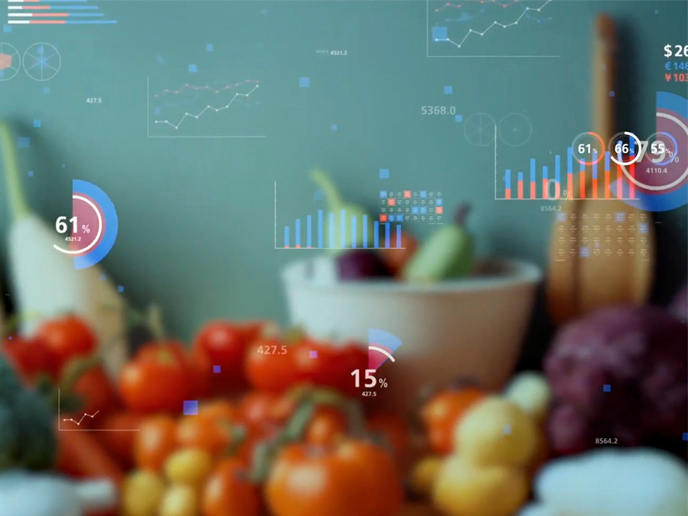The geometry of large, complex networks
Social networks, the World Wide Web, the internet, electricity grids and protein-protein interactions are just a few examples of complex networks that are ubiquitous in everyday life. They appear as an extensive array of real-world graphs, composed of autonomous nodes. Over the last two decades, researchers strived to produce generative models able to predict properties of these real-world graphs. Popular models include preferential attachment graphs and inhomogeneous random graphs. Recently, an EU-funded team showed that hyperbolic random graphs excel at modelling real-world networks. The HYPERBOLIC GRAPHS (Hyperbolic random graphs) project was mainly based on heuristics and computer-aided simulations. The aim was to show empirically and theoretically that hyperbolic random graphs capture typical properties, like power-law degree distribution and high clustering. Researchers studied further properties to develop a mathematical theory for this class of random graphs on non-Euclidean spaces. For the defining parameters of these models, critical values were identified where sudden changes occur in the structure of hyperbolic random graphs. In addition, researchers investigated bootstrap percolation. With origins in statistical physics, this process is characterised by every node having two possible states: either infected or uninfected. At every round, each uninfected node with at least one infected neighbour becomes and remains infected. The class of hyperbolic random graphs proved able to spread a small initial infection to a large part of the network. Importantly, the researchers determined the amount of initial infection that was needed for this phenomenon to occur and compared the results with those obtained in a more generalised setting. Specifically, they considered inhomogeneous random graphs, where weights are placed at each node and every edge appears with a probability proportional to the product of these weights. This model reproduces the inhomogeneity observed in real-world networks. In this generalised setting, the researchers determined the weights that ensure that a small initial infection spreads. More realistic variants of the bootstrap percolation were also explored, where knowledge of the state of all the neighbours of any node is not assumed. HYPERBOLIC GRAPHS results suggest that there is indeed an underlying hyperbolic metric to the internet and other real-world graphs. While hyperbolic random graphs proved to offer an elegant and rigorous way to model large and complex networks, there are still open questions regarding this model that await an answer.







